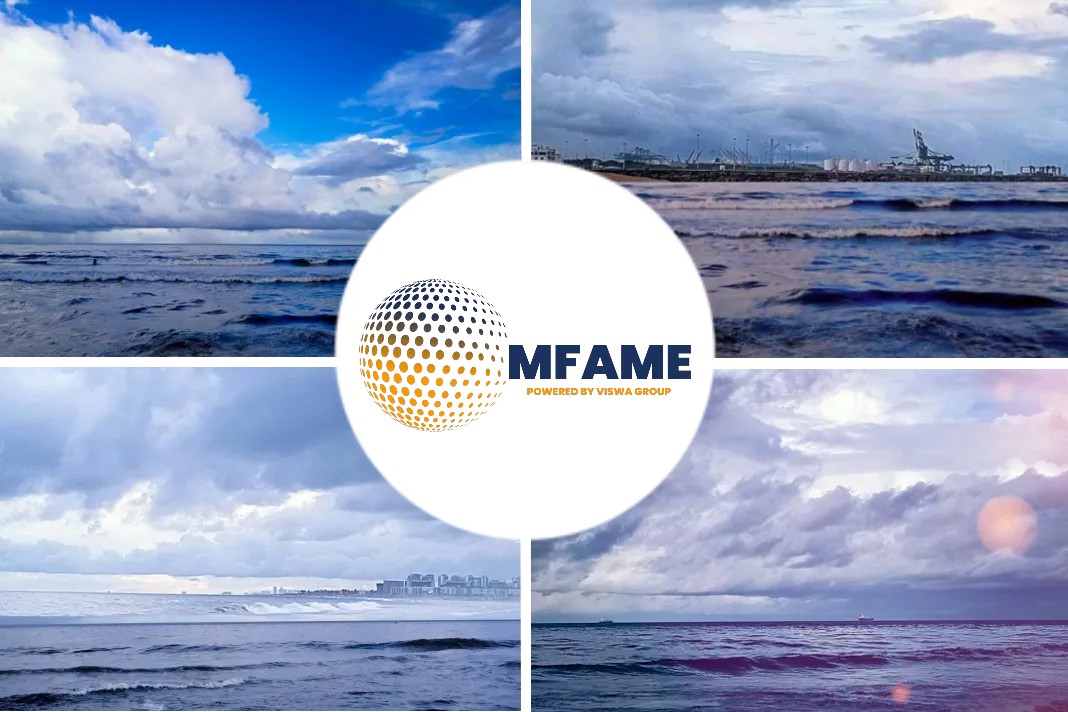That’s because the International Maritime Organization, the United Nations agency responsible for regulating shipping, has paid scant attention to the needs of inland and coastal shipping when it comes to new decarbonization rules, focusing instead on the global ocean trade.
As a result, most lakers will have difficulty meeting the IMO’s new standards, the first of which came into force on Nov. 1.
“If we ran the math on our existing fleet without taking into account our emission reduction targets going forward, we would probably score a ‘D’ or ‘E’ (the lowest rankings) on the IMO’s carbon intensity index,” said Nathalie Sykora, chief global operations officer at Montreal-based CSL Group Inc., the parent company of Canada Steamship Lines, a major cargo operator in the Great Lakes and St. Lawrence Seaway with a fleet of 17 ships.
But that’s an undeserved rap.
While the transportation industry comprises about 30 per cent of Canada’s GHG emissions, road, rail and air transport make up the bulk. The marine industry accounts for only two per cent and lakers for only 0.59 per cent.
To a considerable degree, that’s due to the foresight of shipping companies such as CSL and St. Catharine’s, Ont.-based Algoma Central Corporation, which have invested more than $2 billion in the last decade on fleet renewal and refurbishment. Their new eco-ships feature the latest emission-reduction and fuel-efficient engine technology and hull designs, double hulls to prevent spills and state-of-the art cargo handling systems.
Perhaps as importantly, especially in coastal areas and the Arctic, is the development of digital equipment and processes aimed at improving the antiquated marine conditions data information systems that contribute to inefficient routes, wasted time and unnecessary fuel consumption. It wasn’t so long ago that only large, expensive, sparsely located legacy buoys transmitted marine conditions and did so infrequently, when they weren’t broken down.
Victoria-based MarineLabs Data Systems Inc., a coastal intelligence company, found a way to do it better. The company now provides the world’s highest resolution real-time wind, wave and weather data as well as artificial-intelligence-driven insights from fleets of small cloud-connected marine sensor units, all aimed at optimizing vessel and port operations and available to them by subscription.
“Having real-time weather conditions on hand affects how much a ship needs to use its engines and how it optimizes its routes to preserve fuel,” said Dr. Scott Beatty, MarineLabs founder and CEO.
The result of all this, according to the Research and Traffic Group, a Kingston-based transportation consultancy, is that Canada’s flag-fleet can on average carry one tonne of cargo for 360 kilometres on one litre of fuel. Railroads’ GHG emissions would be 31 per cent higher for the same cargo over the same distance, while trucks would emit 558 per cent more.
So, what’s the IMO’s issue?
“The profile of lakers, which are specialty ships, does not correlate with ocean-going ships,” Sykora said “So the IMO’s formulas fall flat by disadvantaging specialized ships.”
It turns out that one of the best ways to achieve energy efficiency is to make bigger ships.
“But that’s not an option for lakers, which have a host of operational constraints,” said Matt Heider, chief executive of New York-based Nautilus Labs Inc., which provides artificial intelligence solutions to advance the efficiency of ocean voyages by, among other things, calculating the most efficient speeds and routes.
Because of the limited distances involved and fewer route options available to them, lakers don’t have the same opportunities for these types of efficiencies.
The IMO’s key carbon intensity rating, for example, links GHG emissions from vessels to the amount of cargo carried and the distance a vessel travels. The heavier the cargo and the greater the distance, the more beneficial the effect on a ship’s rating. Lakers, compared to ocean-going ships, make shorter trips — one to seven days for CSL — and tend to be smaller and lighter, so much so that a vessel more than 740 feet long cannot navigate the Seaway. Lakers also spend significantly more time in fuel-consuming manoeuvring mode.
As far as the lakers are concerned, the IMO’s perspective has been myopic so far.
“The IMO is looking at the long-distance drivers, the people on the 401 (highway),” said Bruce Burrows, president and CEO of the Ottawa-based Chamber of Marine Commerce, a non-profit association that represents marine industry stakeholders across Canada and the U.S. “We’re the city drivers, as it were, who go from port to port to port with smaller ships that need to fit in locks and operate in different water conditions and temperatures. That’s our reality and we shouldn’t be penalized for that.”
Carleen Lyden Walker, co-founder and executive director of the Connecticut-based North American Marine Environment Protection Association, is of similar mind.
“The IMO isn’t moving nearly as quickly as the industry would like to see,” she said.
Keeping the sector healthy is not just a question of nostalgia — it has a significant role in the Canadian economy, Burrows said.
Did you subscribe to our daily Newsletter?
It’s Free! Click here to Subscribe
Source: Yahoo























